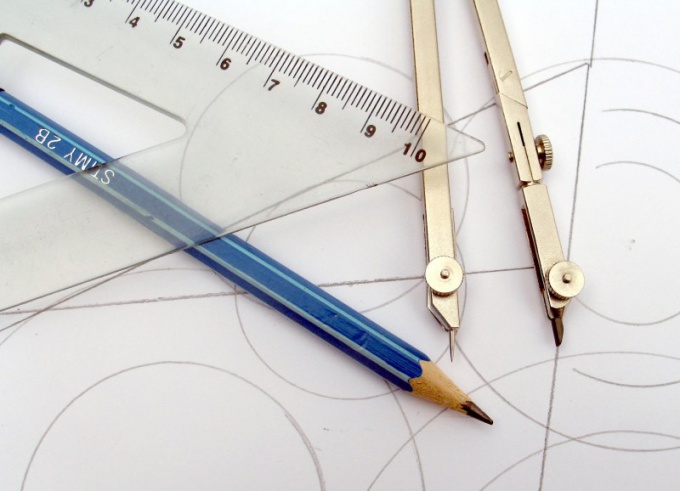Instruction
1
If a circle is presented in the form of an image on paper, and its diameter is required to determine approximately measure it directly. If its center is shown in the drawing, swipe through his line. If the center is not shown, locate it with the help of a compass. To do this, use a square with angles of 90 and 45 degrees. Attach it to a 90-degree angle to the circle so that it touched both sides, and circle. Then attach the resulting straight corner 45-degree angle of a square, draw a bisector. It passes through the center of the circle. Similarly, draw in the other place the second circle on the right angle and its bisector. They intersect in the center. This will allow you to measure the diameter.
2
To measure the diameter, it is preferable to use a ruler made from a thin sheet of material, or tailoring meter. If you only have the large ruler measure the diameter of a circle with a compass, then without changing the solution, transfer it to graph paper.
3
In the absence in terms of the problem numeric data and the presence only of the drawing, you can measure the circumference using the odometer and the diameter then calculate. To use the odometer, first rotate the wheel select the arrow exactly on the zero division. Then mark on the circle point and press the odometer to the sheet so that a bar over a wheel indicated at this point. Slide the wheel along the line of the circle until the bar again will be over by this point. Read the testimony. They are in centimetres - if necessary, convert them to millimeters.
4
The circumference (indicated in the problem or measured by the odometer), divide it by twice the number π. Get the diameter expressed in the same units of measurement as the original data. If required by the conditions, put the calculation result into more convenient units.
